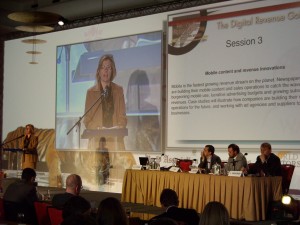On Friday I was lucky enough to sneak inside the University of Central Lancashire’s (UCLAN) Sandbox – a space dedicated to ‘digital media R&D’.
I was there as part of the final day of Infuze – a joint training scheme from UCLAN and the BBC to retrain freelancers in multimedia journalism.
It was the first time the six-week course had been run (Journalism.co.uk reported on its launch back in January) and while course leader Paul Egglestone said there were some improvements to be made, he was pleased how far all participants had come in a short time.
Presentations from Ilicco Elia, head of mobile for Reuters, and videojournalist David Dunkley Gyimah gave all of us some food for thought, but mainly it was a great opportunity to chat with a group of freelancers facing the challenges of cross-platform journalism head on and hear about their experiences.
Only fair then to give them (and some of their newly founded websites ) a shout out (in no particular order):
Nazia Mogra – freelance broadcast journalist, now looking at the possibilities of newspaper video too.
Sean Smith – former print freelancer who turned his hand to broadcast journalism during the course. Smith said he’d learned that the ‘new skill is adopting a mindset of not being intimidated by tech that’s meant to be intuitive’.
Rumeana Jahangir – who is looking to develop a specialism on grassroots, community news and investigative work.
Emma Blackburn – freelancer broadcast journalist turned videojournalist during her course placement at Times Online.
Erisa Lluca – who having now set up her own website is determined to keep it going beyond Infuze.
Christina McDermott – or @misscay as shes known to her followers on Twitter, who discussed how she’s using social media as a freelancer (more from Christina on this later).
